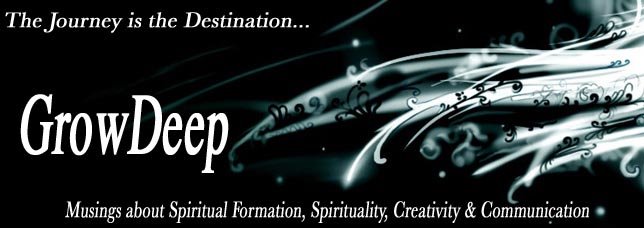
“I am the voice of one crying in the wilderness: Make straight the way of the LORD.”
(John 1:23)Equally characteristic in the Gospel of John is the depiction of John the Baptist. The Baptist is elsewhere seen primarily in connection with the earthly side of Jesus, whereas here his relationship to Jesus is almost heavenly, for it is only by a heavenly revelation that he is able to recognize Who Jesus is. It is clear the author sees something more than most are seeing in Jesus, and his desire is for more to be seen in him, than merely another man. This is where the author uses mastery of metaphor to describe not only the role and relationship of John the Baptist Jesus, but to further illustrate how Jesus is truly something all together different.If Jesus is “the Light,” Andrew Juke says, then “John is also a light, though of another nature; a ‘lamp, burning and shining,’ (5:25) yet but a lamp, destined to be quenched soon as the Light of heaven shall have introduced the perfect day.So Jesus is “the Word” here and John is “the Voice;” words, which even partially apprehended, convey something to us very different from such titles as ‘the Lord,’ and ‘my Messenger.’ The ‘Word’ (Logos) is the sense: the ‘Voice’ is the sound. Outwardly, the voice seems to be first, yet while in the act of communication it precedes the word, it is not really before it, for the sense must have been in the mind before it was outspoken. So the word, if it has been received, abides in the heart; but the voice passes away. Having served to communicate the word, which was in one heart to other hearts, the voice has done its work. Its use is as a witness, and this being accomplished, the word remains, while the witnessing voice is content to be forgotten. All this, as it applies to Him who is "the Word," and His forerunner. To some it may be a hint of what is here for such as through grace can receive it. To all it speaks of the Lord in a relation connected with heaven rather than with earth.”Matthew says John the Baptist came preaching of the “coming kingdom” (Matthew 3); Luke shows him preaching a radical “repentance” (Luke 3); while John has him as “a witness to bear witness of the Light, that all through him might believe (John 1:7). Likewise the aspect of the “witness” presented emphasis on the heavenly side of Jesus: “I have seen and testified that this is the Son of God” (1:34). The day changes, but the scene stays the same. “Again, the next day, John stood with two of his disciples. And looking at Jesus as he walked, he said, ‘Behold the Lamb of God!’” (1:35-36). This is where John pulls in another color from the palette he’s working from. He just switched brushes and now he’s painting with the story of Israel in mind, for Jesus is the Lamb of God. A descriptive title or role that remains silent in the other Gospels. John wants us to see Jesus as the Passover Lamb. In fact, John uses every opportunity present to him to talk about the Passover, and often when he does so, Jesus isn’t far away from the scene and usually doing something miraculous. In fact, much of Jesus ministry revolves around the Passover Feasts, whereas on rarely is the Passover Feast mentioned in the Gospels of Matthew, Mark and Luke. All this, is left to marinate in the reader’s mind until we reach the ultimate Passover, where Jesus will become the Passover Lamb. Jesus, our Passover is a thread intricately woven through the entirety of John’s Gospel, and only in this Gospel. The Apostle Paul echoed this thought when he say,“Christ, our Passover, was sacrificed for us.” (1 Corinthians 5:7)Portraits of Jesus As you read through the Gospel of John, look for key words and phrases that appear on numerous occasions. John is notorious for multi-layered themes running through his Gospel. Take note of them as you peruse through it.

No comments:
Post a Comment